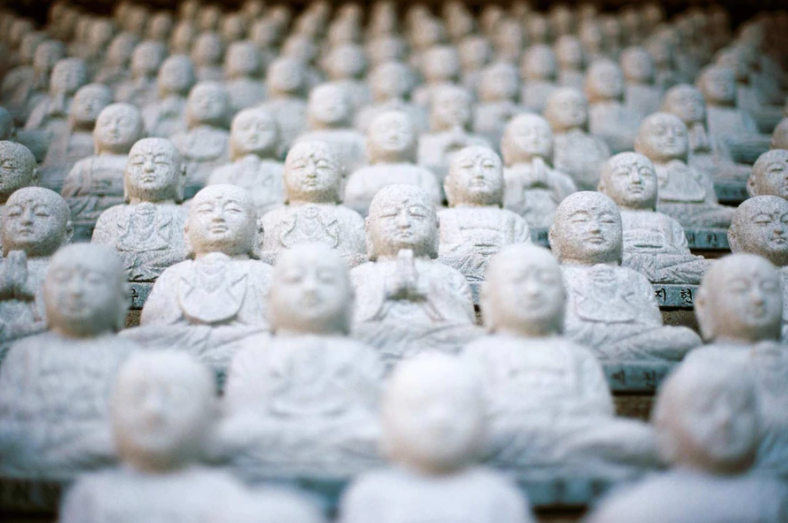Follow the mysterious history of yoga from the past to the present The history of yoga was 7000 BC.

In the 1920s, archaeologists found evidence of Tantric civilization.
Here, they found that the depiction on the talc seal was very similar to the image of a yogi.
They are considered Lord Shiva, the founder of all yoga, and his number two Parvati.
The oldest known Scripture, the Vedas (meaning knowledge), was written between 4500 and 2500 BC.
Each represents one of the four pillars of ancient Indian thought.
The Vedas point the way for spiritual enlightenment and refer to mediation and samadhi (also known as supreme consciousness).
The Upanishads of 800-300 BC were a collection of early learning and began to question the Vedic tradition.
Upanishads mean sitting near your teachers, and it is through them that Yoga begins to become a unique concept.
In 700 BC, taitiriyaupanishad was a concept composed of five aspects (called koshas) for everyone.
Annamaya – body and food pranamaya – breath and energy manomaya – spirit and learning vijnanamaya – personality and values anandamaya – emotion and happiness 500-400 BC kathaupanishad explained what yoga is – the importance of mastering the senses, acquiring knowledge and understanding, and ensuring that you are not attached to things.
This upanishadism was said by yamas, the God of death, when a man named nacikelas asked him what would happen in the afterlife.
We are not sure how this will answer his question, but it is still a good suggestion.
Svetasvateraupanishad offers practical advice on how to practice yoga, the benefits of yoga, and the introduction of “om” in meditation.
It suggests finding the right environment, posture, and how to breathe.
The benefits include lightness, health, clear skin color, sweet soul and pleasant voice.
Who doesn’t want all this? In 300 BC maitrayaniyaupanishad was the dialogue between the king and the “self knower”.
The king wants to know the essence of his soul…
Pranayama – pratyahara – sensory capture dharana – focus on Tarka – meditate on samadhi – samadhi, fully identify with himself Lord Krishna and a soldier named ajuna caught up before going to the battlefield.
Arjuna is not comfortable with killing, which leads him to embark on the journey of self realization, discovery and thinking about life itself.
This Bhagavad Gita provides the entire basis for Yoga (spiritual, not physical).
Patanjali was the first person to organize systematic Yoga methods in AD 200.
He collected everything from the past into an ancient yoga manual, which contains 195 verses, designed to serve as a guide to life.
He gave us 8 pieces of Yoga: Yama – making niyama – making Asana – asana pranayama – breath control pratyahara – feeling dharana – focusing on dharana – meditating samadhi – samadhi ad 500-1000 the body is now regarded as a means, not an obstacle to enlightenment.
The concepts of chakras, spells, and Kundalini energy continue to evolve.
Do you think downward dog pose existed from the beginning? In 900 AD, hada yoga, which most of us think is “Yoga”, was born.
Practice becoming more physical – emphasizing posture and breathing – exploring how the body can help understand the mind and move towards enlightenment.
1300 hada yoga pradipika (one of the most influential Yoga works) is written to clean and purify the body and achieve unlimited enlightenment.
Although physical exercises are becoming more and more important, there are still only 15 asanas, all of which are seated.
In the 1930s Krishnamacharya developed what we now call the twists, balances and reversals of the modern asana.
He designed these methods in cooperation with maisol, who was interested in modern gymnastics.
Westerners are more likely to achieve this progress than simply sitting for a few hours.
In 1948, Ashtanga Yoga was founded by pataby Joyce, a student of Krishna machaya.
He claims to have developed this style from an ancient text called yogakurunta.
Unfortunately, it was eaten by ants – we have heard of it before…
In 1957, Sivananda Yoga was founded by Swami Vishnu Da wananda as a leisurely practice, usually starting with the Sun Salutation, followed by the 12 basic asanas.
It is based on a healthy yoga lifestyle, including breathing, relaxation, diet, exercise and positive thinking.
Iyengar yoga was founded by BKS Iyengar in 1966.
Iyengar taught in the school of machaya in Krishna.
On this day, he published “the light of yoga”, which depicts more than 200 asanas.
An absolute must-have for any yogi library.
The exercise is about precise alignment and posture.
You will find all kinds of props: shoulder straps, building blocks, seat belts, etc..


